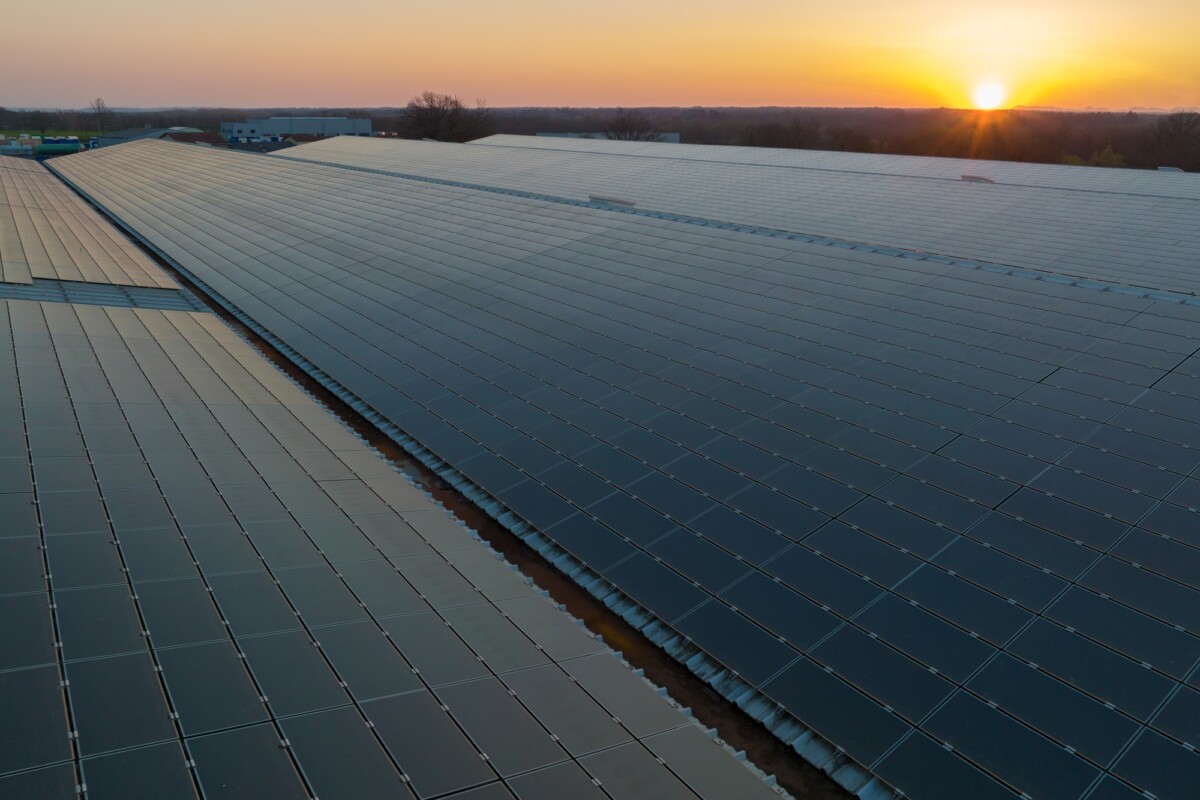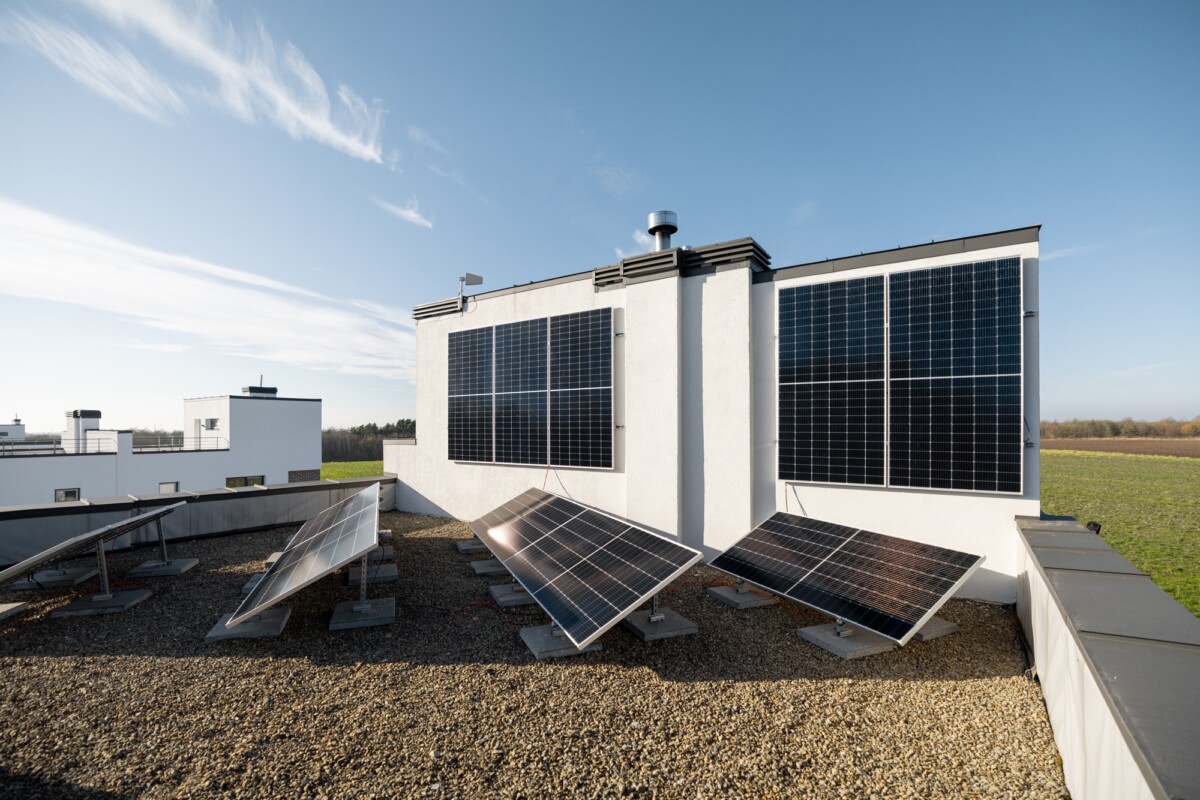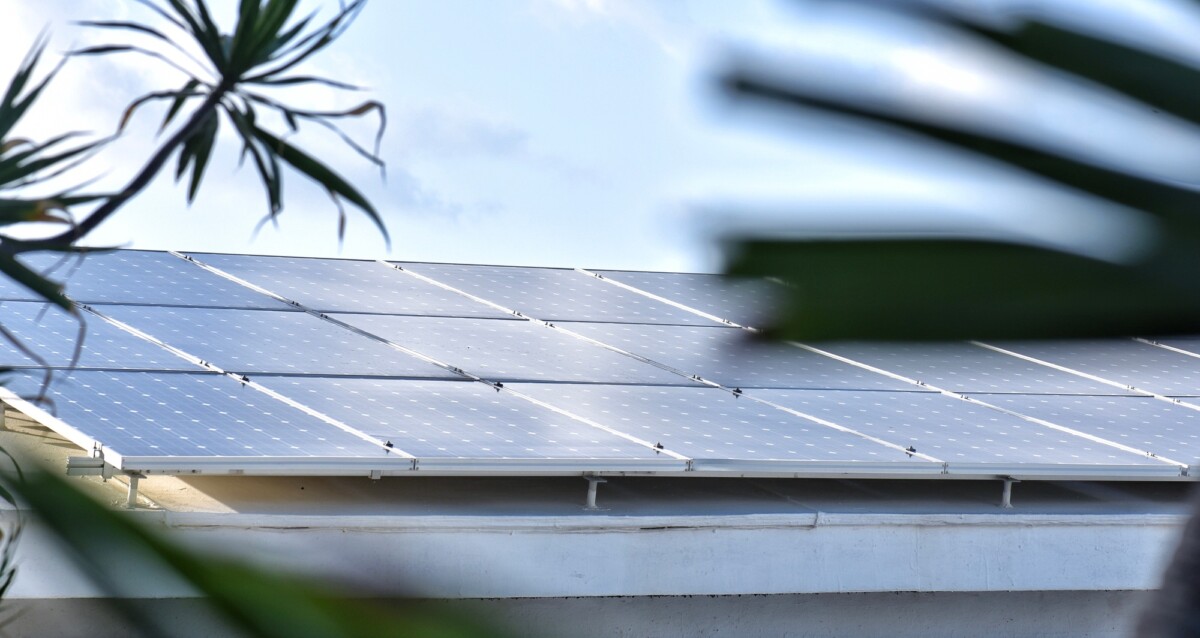Understanding Solar Subsidies in Utah: A Comprehensive Guide
Switching to solar energy in Utah is both an environmentally and financially smart choice, thanks to various subsidies that make solar power more accessible and affordable. These incentives significantly reduce the initial cost of solar panel installation, benefiting both homeowners and businesses.
One of the most substantial incentives is the Federal Tax Credit, which allows you to deduct a portion of your solar installation costs from your federal taxes. Additionally, the Utah State Solar Tax Credit offers further savings by providing a state tax credit for solar installations. These financial incentives can greatly impact the overall cost of going solar.
Key benefits of solar subsidies in Utah include:
- Cost Reduction: Lower upfront costs make solar installations more affordable.
- Increased Property Value: Homes with solar panels often see a rise in property value.
- Environmental Impact: Solar energy reduces reliance on fossil fuels, contributing to a cleaner environment.
To maximize these subsidies, follow these steps:
- Research Available Incentives: Understand both federal and state-level incentives.
- Consult with a Solar Provider: They can guide you on the best options for your situation.
- Apply for Subsidies: Ensure you meet all requirements and deadlines.
By leveraging solar subsidies in Utah, you can enjoy immediate and long-term benefits, saving money while supporting a sustainable future.
How to Qualify for Solar Incentives in Utah
Switching to solar energy in Utah is both eco-friendly and financially beneficial, thanks to various incentives. Understanding how to qualify for these can significantly impact your investment. Utah offers a state tax credit covering up to 25% of installation costs, capped at $1,600. To qualify, your solar system must be installed on your primary residence, and you need to file for the credit in the same year the system becomes operational. This requires careful planning of your installation timeline.
Additionally, the federal government provides a solar investment tax credit (ITC), allowing you to deduct 30% of the installation cost from your federal taxes. This applies to both residential and commercial systems, substantially lowering the overall cost of going solar.
Steps to Qualify for Solar Incentives in Utah:
- Research and Choose a Reputable Installer: Ensure your installer is certified and knowledgeable about local regulations and incentives.
- Check Eligibility Requirements: Verify that your property and solar system meet the criteria for state and federal incentives.
- Complete Necessary Paperwork: Collaborate with your installer to submit all required documentation for tax credits.
- Stay Informed: Keep abreast of any legislative changes or updates to incentive programs that might affect your eligibility.
By following these steps, you can maximize the solar subsidies available in Utah, reducing upfront costs and enjoying long-term energy savings.
Maximizing Your Savings with Utah Solar Tax Credits
Switching to solar energy in Utah is both environmentally and financially beneficial. Homeowners can significantly cut installation costs through state and federal incentives. The Renewable Energy Systems Tax Credit in Utah allows homeowners to claim up to 25% of their solar system costs, capped at $1,600. This makes solar more accessible and affordable. Additionally, the federal Investment Tax Credit (ITC) lets you deduct 30% of your solar installation costs from federal taxes.
Key Benefits of Utah Solar Tax Credits:
- Cost Reduction: State and federal credits together can cover a significant portion of installation expenses.
- Increased Property Value: Solar-equipped homes often see a rise in value.
- Energy Independence: Reducing reliance on traditional energy sources can lead to long-term savings.
To maximize these incentives, follow these steps:
- Choose a Reputable Installer: Select companies experienced with Utah’s solar incentives.
- Understand the Application Process: Ensure you have all necessary documentation to claim your credits.
- Stay Informed: Keep up-to-date with changes in tax credits.
By leveraging these solar subsidies, Utah residents can enjoy environmental benefits and financial savings. Whether you’re exploring solar options or ready to switch, understanding these incentives is key to maximizing your investment.
Exploring Federal and State Solar Subsidies in Utah
Utah residents considering solar energy have access to a range of subsidies that make this transition both eco-friendly and cost-effective. The Federal Solar Investment Tax Credit (ITC) is a major incentive, allowing homeowners to deduct 26% of their solar installation costs from federal taxes as of 2023. This significantly lowers the initial expense of solar panels.
On the state level, Utah offers its own solar tax credit, enabling homeowners to claim up to 25% of installation costs, capped at $1,600. This state-specific incentive further reduces the financial burden, making solar energy more accessible.
Key Benefits of Solar Subsidies in Utah
- Cost Savings: Combining federal and state tax credits can save homeowners thousands on solar installations.
- Increased Home Value: Solar panels can boost property values, offering a solid return on investment.
- Environmental Impact: Solar energy adoption helps reduce carbon footprints, promoting a cleaner environment.
For instance, the Johnson family in Salt Lake City installed a $20,000 solar system. They benefited from a $5,200 federal tax credit and an additional $1,600 from Utah’s state credit, reducing their total cost to $13,200. Such subsidies make solar energy a viable and attractive option for many Utah homeowners, offering both financial and environmental advantages.
The Economic Impact of Solar Subsidies on Utah Residents
Switching to solar energy in Utah is both environmentally and financially beneficial, largely due to the available solar subsidies. These incentives significantly lower the cost of solar installations, making solar power more accessible for residents. For homeowners, this means a substantial reduction in the initial costs of installing solar panels, which can often be a financial hurdle. With state and federal incentives, installation costs can decrease by 30% or more, making solar energy a smart long-term investment.
Key Benefits of Solar Subsidies in Utah:
- Lower Installation Costs: Subsidies help cover a large portion of installation expenses, making solar panels more affordable.
- Increased Property Value: Homes with solar panels often see a rise in property value, enhancing their investment appeal.
- Energy Independence: Homeowners can generate their own electricity, reducing reliance on traditional power sources and achieving long-term savings.
Beyond individual savings, the solar industry’s growth in Utah has spurred job creation, boosting the local economy. As more residents choose solar energy, the demand for skilled labor in installation and maintenance rises, offering employment opportunities statewide. In essence, solar subsidies in Utah provide a dual benefit: they make solar energy more affordable and stimulate economic growth, offering a compelling reason for Utahns to embrace solar power.
Navigating the Application Process for Utah Solar Subsidies
Harnessing solar energy in Utah is an exciting opportunity, especially with various subsidies available to reduce costs. Understanding the application process for these subsidies can significantly enhance your solar installation experience. Here’s a concise guide to help you navigate this process smoothly.
Start by identifying the specific subsidies available in Utah, such as state tax credits, federal incentives, and local utility rebates. Utah’s Renewable Energy Systems Tax Credit offers up to 25% of the installation cost, capped at $1,600 for residential systems. Additionally, the federal Investment Tax Credit (ITC) provides a 26% credit for solar systems installed by the end of 2023.
Next, gather the necessary documentation, which typically includes proof of residence, installation contracts, and system specifications. Here’s a quick checklist:
- Proof of Utah residency
- Detailed installation contract
- System specifications and cost breakdown
- Receipts or proof of payment
Submit your application through the appropriate channels. For state tax credits, file with the Utah State Tax Commission, while federal incentives require submission through your annual tax return. Timeliness is crucial, as some subsidies have strict deadlines.
Real-world examples, like Sarah from Salt Lake City, who reduced her solar installation costs by nearly 40% through combined incentives, highlight the benefits of understanding and leveraging available subsidies. By staying informed and organized, you can effectively reduce the cost of going solar and contribute to a more sustainable future.
Top Benefits of Installing Solar Panels with Utah Subsidies
Switching to solar energy in Utah is both environmentally and financially beneficial, largely due to the attractive subsidies available. These incentives make solar panels more accessible, allowing homeowners to harness solar power while enjoying significant savings.
One major advantage is the reduction in upfront costs. Utah offers various state and federal incentives that can significantly lower the initial investment required for solar panel installation. These subsidies make solar energy more affordable for many families.
- Federal Tax Credit: This allows homeowners to deduct a percentage of their solar installation costs from federal taxes.
- State Tax Credit: Additional state tax credits further reduce the financial burden.
- Net Metering: Earn credits on your utility bill for excess energy produced, offering long-term savings.
Installing solar panels can also increase your property’s value. Homes with solar systems often see a rise in market value, making them more attractive to buyers. This means you save on energy bills and make a smart investment in your home’s future.
Real-world examples, like the Johnson family from Salt Lake City, highlight these benefits. They reported a 50% reduction in electricity bills within the first year, with their solar system paying for itself in just a few years. With Utah’s sunny climate and generous subsidies, solar energy is an appealing option for homeowners seeking lower energy costs and increased home value.
Common Misconceptions About Solar Subsidies in Utah
Solar subsidies in Utah often come with misconceptions that deter homeowners from exploring them. Many believe these incentives are overly complex or not worthwhile. However, understanding the truth can reveal substantial benefits for those interested in solar energy.
Misconception 1: Solar Subsidies Are Too Complicated
While the process may seem daunting, applying for solar subsidies is simpler than expected. Utah residents can access both federal and state incentives that significantly cut the initial costs of solar panel installations. The federal solar tax credit allows deductions on solar expenses, and Utah’s state tax credits further alleviate financial pressures.
Misconception 2: Solar Subsidies Aren’t Worth the Effort
Contrary to belief, the savings from solar subsidies are significant. For example, a Salt Lake City family utilized both federal and state incentives, reducing their upfront costs by nearly 30%. This led to lower monthly energy bills and considerable long-term savings.
Key Benefits of Solar Subsidies in Utah:
- Reduced Initial Costs: Lower upfront investment for solar installations.
- Long-term Savings: Decreased energy bills help recover the investment.
- Environmental Impact: Supports a cleaner, sustainable environment.
By addressing these misconceptions, it’s evident that solar subsidies in Utah provide a practical route to sustainable energy. Whether driven by cost efficiency or environmental concerns, these incentives can transform your home energy approach.
Future of Solar Energy Subsidies in Utah: What to Expect
As Utah continues to bask in its abundant sunshine, the future of solar energy subsidies is becoming increasingly significant for residents and businesses eager to tap into solar power. Currently, Utah offers a range of incentives to promote solar adoption, including state tax credits, federal tax incentives, and net metering policies. These incentives help reduce the financial burden of solar installations, making them more accessible and appealing.
State tax credits allow homeowners to deduct a portion of their solar installation costs from their state taxes, while federal tax incentives offer additional relief by allowing a percentage of the installation cost to be deducted from federal taxes. Looking forward, several trends and potential changes could shape the landscape of solar subsidies in Utah:
- Increased State Support: With growing demand for renewable energy, Utah might expand its subsidy programs, potentially raising the state tax credit cap.
- Technological Advancements: As solar technology advances, the cost of solar panels is expected to decrease, enhancing the impact of subsidies.
- Policy Adjustments: Changes in federal and state policies could alter the availability and structure of solar subsidies, possibly shifting towards performance-based incentives.
For those considering solar energy in Utah, staying informed about these developments is essential to making decisions that align with both financial and environmental goals.











